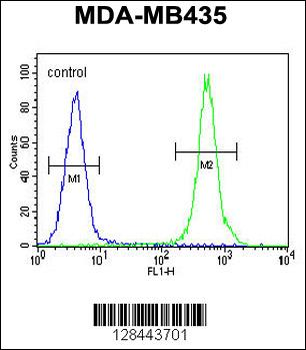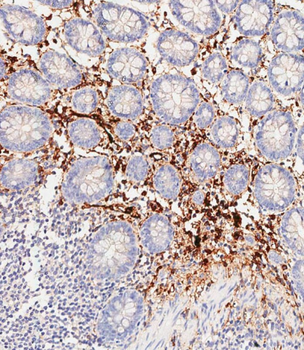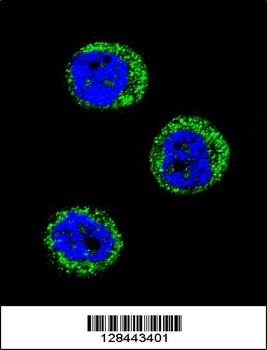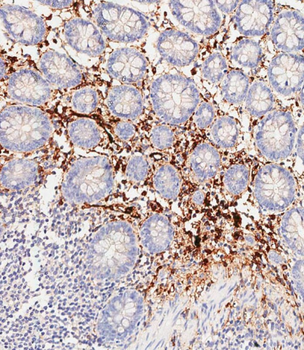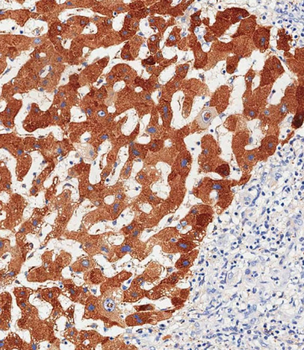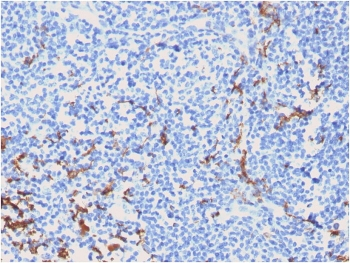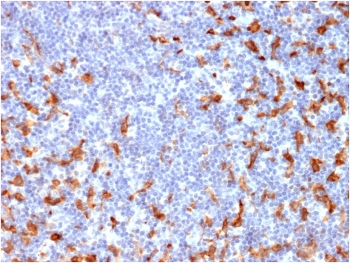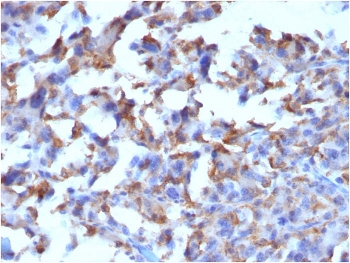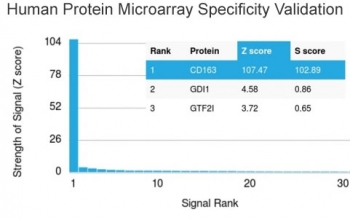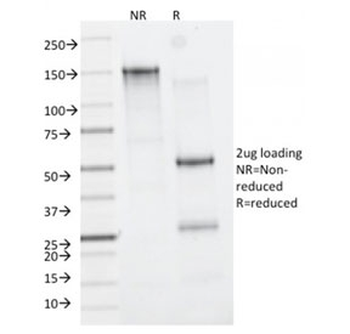You have no items in your shopping cart.
Haptoglobin Antibody
Catalog Number: orb1825241
| Catalog Number | orb1825241 |
|---|---|
| Category | Antibodies |
| Description | Haptoglobin (Hp) is a blood plasma protein that functions to bind free Hemoglobin that has been released from erythrocytes, thereby inhibiting its oxidative activity. During this process, Haptoglobin sequesters the iron within Hemoglobin, preventing iron-utilizing bacteria from benefitting from hemolysis. This function suggests that Haptoglobin concentrations may increase in response to inflammation. The resulting Haptoglobin-Hemoglobin complex is then removed by the reticulo-endothelial system. Due to cleavage of a common precursor protein during protein synthesis, Haptoglobin consists of two a and two b chains, connected by disulfide bridges. In human, Haptoglobin exists in two allelic forms designated Haptoglobin 1 (Hp1) and Haptoglobin 2 (Hp2), where Hp2 is the result of a partial Hp1 gene duplication. There are three known phenotypes of human Haptoglobin: Hp1-1, Hp2-1 and Hp2-2, which may be associated with diabetes and cardiovascular disease pathology and a susceptibility to Parkinson s and Crohn s disease. Haptoglobin levels are useful in diagnosing hemolytic anemia, the abnormal breakdown of red blood cells. Haptoglobin is expressed in mammalian hepatocytes as well as other tissues such as skin, lung and kidney. |
| Species/Host | Mouse |
| Clonality | Monoclonal |
| Clone Number | HP/3838 |
| Tested applications | IHC-P, WB |
| Reactivity | Human |
| Isotype | Mouse IgG1, kappa |
| Immunogen | A recombinant partial protein sequence (within amino acids 100-250) from the human protein was used as the immunogen for the Haptoglobin antibody. |
| Dilution range | Western blot: 1-2ug/ml,Immunohistochemistry (FFPE): 1-2ug/ml for 30 minutes at RT |
| Conjugation | Unconjugated |
| Formula | 1 mg/ml in 1X PBS; BSA free, sodium azide free |
| Hazard Information | This Haptoglobin antibody is available for research use only. |
| UniProt ID | P00738 |
| Storage | Aliquot the Haptoglobin antibody and store frozen at -20°C or colder. Avoid repeated freeze-thaw cycles. |
| Note | For research use only |
| Expiration Date | 12 months from date of receipt. |
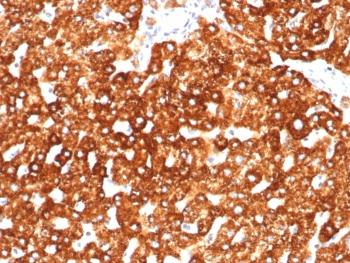
IHC staining of FFPE human liver tissue with Haptoglobin antibody (clone HP/3838). HIER: boil tissue sections in pH9 10 mM Tris with 1 mM EDTA for 20 min and allow to cool before testing.
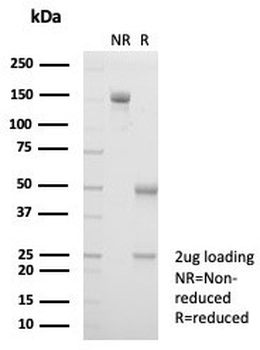
SDS-PAGE analysis of purified, BSA-free Haptoglobin antibody (clone HP/3838) as confirmation of integrity and purity.
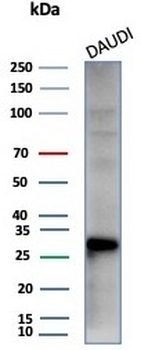
Western blot testing of human Daudi cell lysate with Haptoglobin antibody (clone HP/3838). Predicted molecular weight: 35-40 kDa (beta chain), 45-50 kDa (alpha + beta chain).
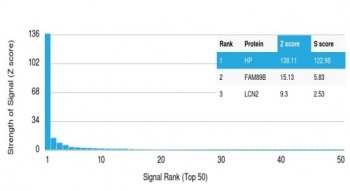
Analysis of a HuProt (TM) microarray containing more than 19000 full-length human proteins using Haptoglobin antibody (clone HP/3838). Z- and S- Score: The Z-score represents the strength of a signal that a monoclonal antibody (in combination with a fluorescently-tagged anti-IgG secondary antibody) produces when binding to a particular protein on the HuProt (TM) array. Z-scores are described in units of standard deviations (SD's) above the mean value of all signals generated on that array. If targets on HuProt (TM) are arranged in descending order of the Z-score, the S-score is the difference (also in units of SD's) between the Z-score. S-score therefore represents the relative target specificity of a mAb to its intended target. A mAb is considered to specific to its intended target, if the mAb has an S-score of at least 2.5. For example, if a mAb binds to protein X with a Z-score of 43 and to protein Y with a Z-score of 14, then the S-score for the binding of that mAb to protein X is equal to 29.














